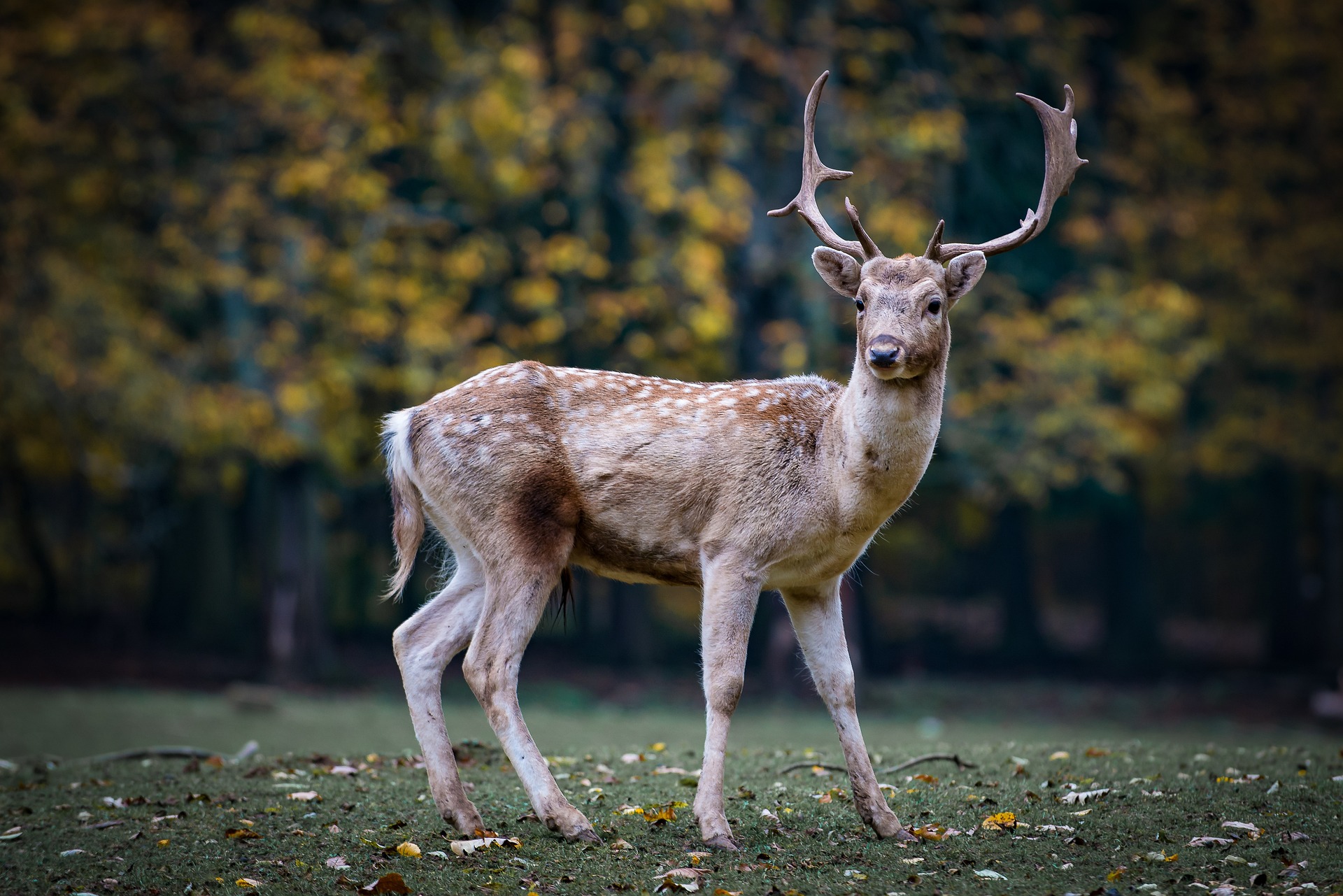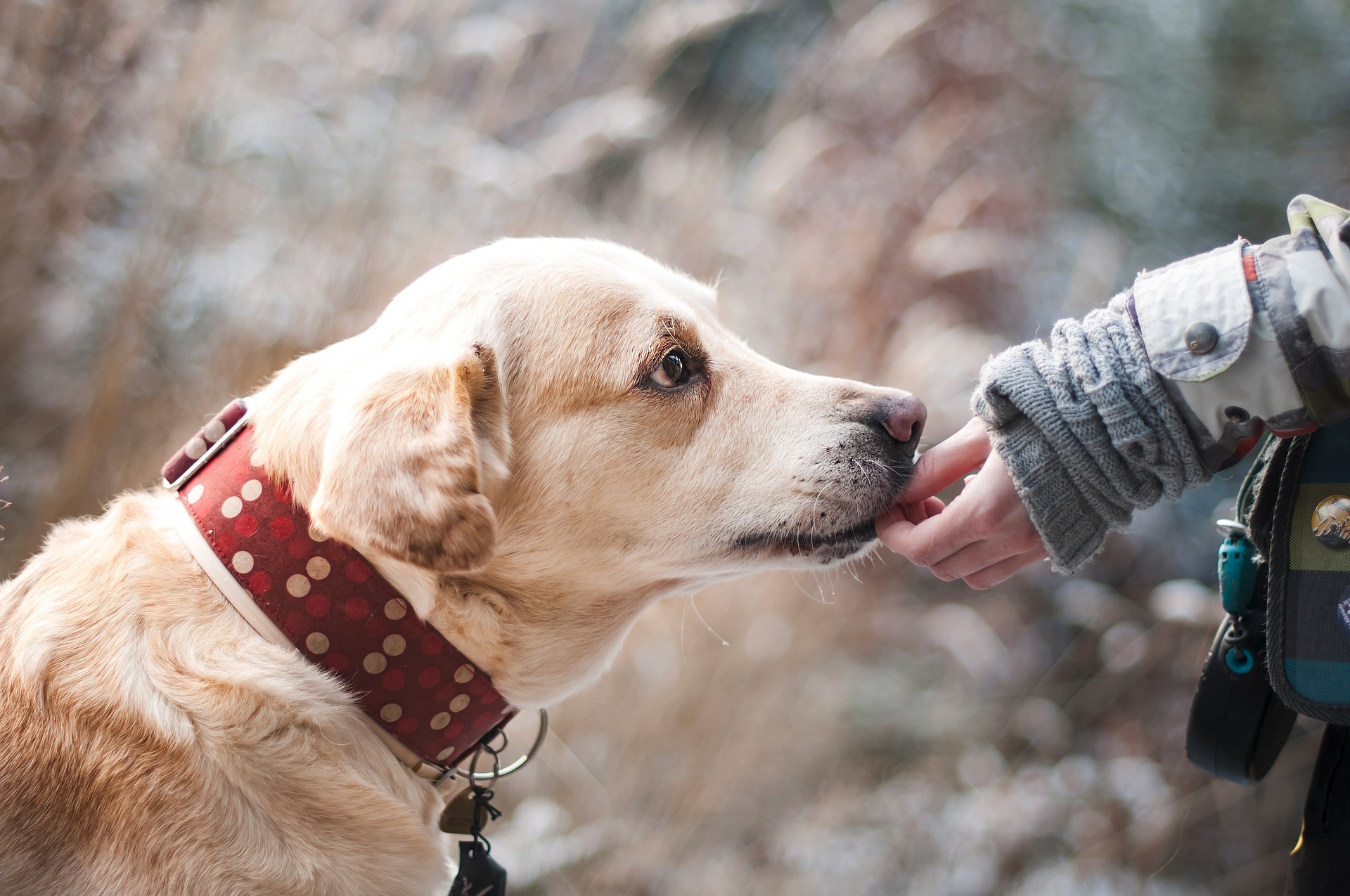Discovering Scandinavian Wildlife: A Journey Through Northern Nature
Scandinavia, with its vast forests, rugged mountains, and pristine coastlines, is home to a diverse array of wildlife. From iconic mammals to elusive birds and marine creatures, the region's natural habitats support a rich tapestry of species adapted to its unique climate and landscapes. Join us on a journey to explore the fascinating world of Scandinavian wildlife.
Diverse Habitats of Scandinavia
Scandinavian wildlife thrives in a variety of habitats, ranging from dense boreal forests to Arctic tundra and coastal waters. These diverse ecosystems support a wide range of species, each adapted to their specific environment.
-
Boreal Forests: The taiga, or boreal forest, covers vast stretches of Scandinavia. Here, you can find iconic species such as brown bears, wolves, lynxes, and reindeer (caribou). These animals navigate the dense forests and rely on the abundance of plant and animal life for sustenance.
-
Arctic Tundra: In the northernmost reaches of Scandinavia, the Arctic tundra provides a stark yet beautiful landscape for species like Arctic foxes, lemmings, and migratory birds. Reindeer herds also roam these remote expanses, adapted to survive in harsh winter conditions.
-
Coastal Waters: The coastal waters of Scandinavia teem with marine life, including seals, porpoises, and a variety of fish species. Coastal bird colonies, such as puffins and guillemots, nest on cliffs and rocky islands, adding to the region’s biodiversity.
Iconic Scandinavian Wildlife
Scandinavia is home to several iconic species that are synonymous with its natural beauty and rugged wilderness.
-
Brown Bear: The brown bear is one of Scandinavia’s most emblematic animals. Found primarily in forested areas, these powerful mammals are adept at fishing for salmon and foraging for berries in summer, while hibernating during the harsh winters.
-
Moose: The moose, or elk, is the largest species of deer in Scandinavia. These solitary animals inhabit forested areas and wetlands, feeding on aquatic vegetation and tree bark. They are known for their distinctive antlers and large size.
-
Arctic Fox: In the Arctic tundra, the Arctic fox reigns supreme. With its thick fur coat that changes color with the seasons, from white in winter to brown or gray in summer, the Arctic fox is perfectly adapted to survive in extreme cold.
-
Wolverine: The wolverine, though elusive, roams the remote forests and mountains of Scandinavia. Known for its strength and ferocity, the wolverine is a skilled predator and scavenger, capable of taking down prey much larger than itself.
Unique Birdlife
Scandinavia boasts a rich avian population, with many species thriving in its varied landscapes and coastal habitats.
-
Golden Eagle: The golden eagle, with its impressive wingspan and keen eyesight, is a formidable predator in Scandinavian skies. These birds of prey hunt small mammals and birds, and they are revered in Nordic folklore for their strength and majesty.
-
Puffins: Coastal cliffs and islands are home to colonies of puffins, recognizable for their colorful beaks and comical appearance. These seabirds dive for fish and nest in burrows dug into soft soil or cliffsides.
-
Whooper Swan: Migratory birds like the whooper swan visit Scandinavia during the breeding season, nesting in wetlands and feeding on aquatic plants. Their haunting calls echo across lakes and marshes, adding to the region’s natural symphony.
Conservation Efforts and Challenges
Despite its pristine landscapes, Scandinavian wildlife faces conservation challenges, including habitat loss, climate change, and human-wildlife conflicts.
-
Habitat Loss: Industrial development and forestry pose threats to the habitats of many species, particularly those dependent on old-growth forests and pristine wetlands.
-
Climate Change: Warming temperatures impact Arctic habitats and disrupt migration patterns for birds and mammals alike. Species reliant on sea ice, such as polar bears and seals, face uncertain futures.
-
Human-Wildlife Conflicts: Encounters between wildlife and human populations occasionally lead to conflicts, particularly with large predators like bears and wolves. Conservation efforts aim to balance human interests with wildlife conservation.
Tips for Wildlife Enthusiasts
-
Responsible Viewing: When observing wildlife, maintain a respectful distance to avoid disturbing animals or their habitats.
-
Support Conservation: Contribute to conservation organizations dedicated to protecting Scandinavian wildlife and their habitats.
-
Learn and Educate: Increase awareness about the importance of preserving biodiversity and reducing human impact on natural ecosystems.
Conclusion
Scandinavian wildlife offers a glimpse into the resilience and adaptability of species in some of Earth’s most challenging environments. From the ancient forests to the Arctic tundra and coastal waters, the region’s biodiversity is as diverse as it is awe-inspiring. By appreciating and safeguarding these natural treasures, we can ensure that future generations will continue to marvel at the extraordinary wildlife of Scandinavia.





